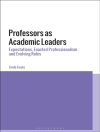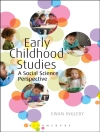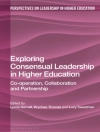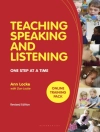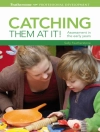The incredible story of the resilience and recovery of Australia’s First Nations languages
Australia’s language diversity is truly breathtaking. This continent lays claim to the world’s longest continuous collection of cultures, including over 440 unique languages and many more dialects. Sadly, European invasion has had severe consequences for the vitality of these languages.
Amid devastating loss, there has also been the birth of new languages such as Kriol and Yumplatok, both English-based Creoles. Aboriginal English dialects are spoken widely, and recently there has been an inspiring renaissance of First Nations languages, as communities reclaim and renew them.
Bina: First Nations Languages Old and New tells this story, from the earliest exchange of words between colonists and First Nations people to today’s reclamations. It is a creative and exciting introduction to a vital and dynamic world of language.
‘Years in the making, Bina offers a multidimensional reflection on how many diverse languages across this continent continue to vibrate in rich and profound ways. The emergence of Indigenous linguists Gari Tudor-Smith and Paul Williams as authors of this survey alongside Felicity Meakins signals an important and welcome shift in the Australian linguistics landscape.’ —Professor Clint Bracknell, University of Western Australia, Nyungar musicologist and musician
Circa l’autore
Felicity Meakins is a professor of linguistics at the University of Queensland. She has worked for over two decades with Indigenous communities documenting their languages. This work extends beyond the traditional boundaries of linguistic research, such as dictionaries and grammars, to projects grounded in the artistic, cultural and land-based practices of these communities.’


